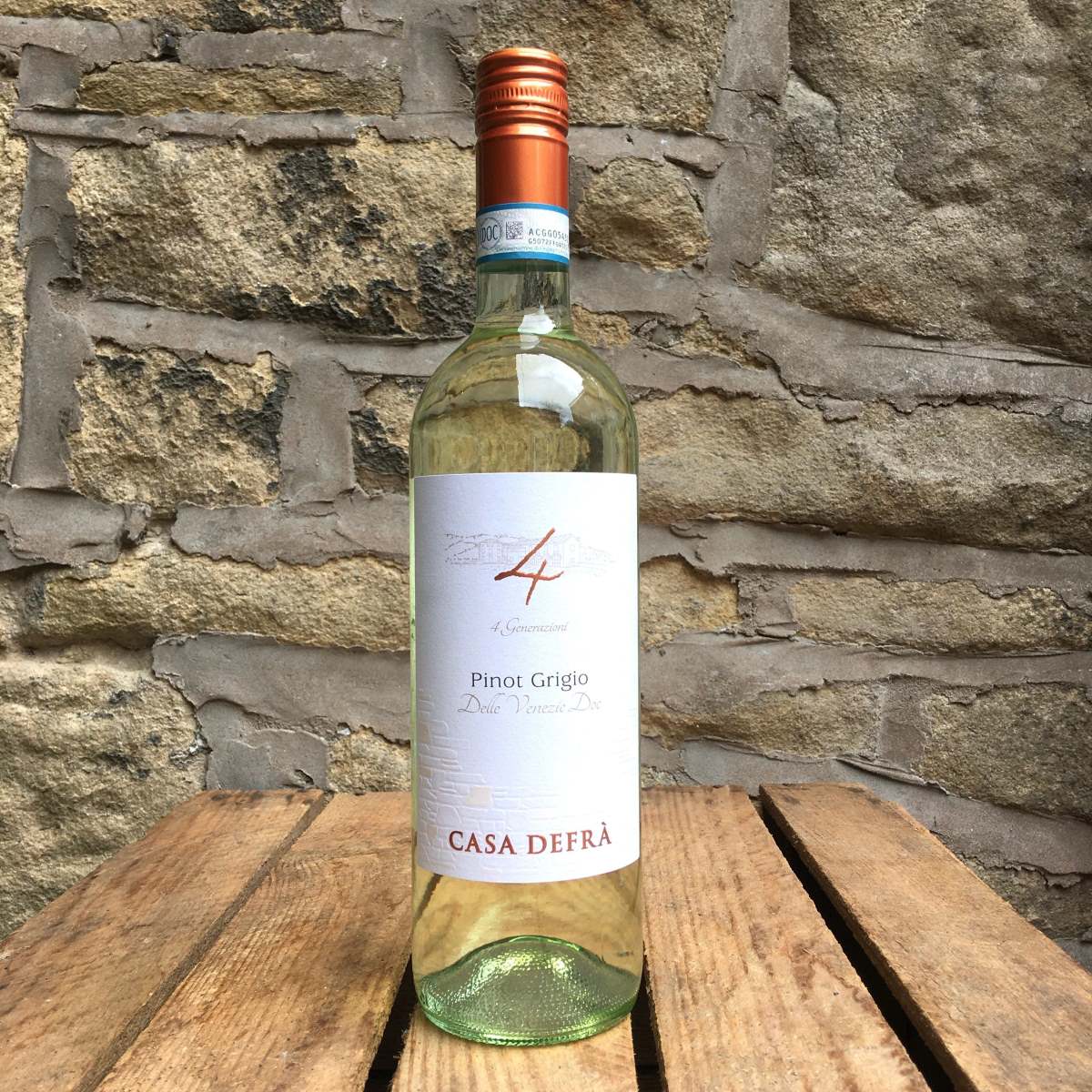

Articles
How To Store Pinot Grigio
Modified: October 20, 2024
Looking for articles on how to store Pinot Grigio? Discover expert tips and guidelines to ensure the perfect storage conditions for your favorite white wine.
(Many of the links in this article redirect to a specific reviewed product. Your purchase of these products through affiliate links helps to generate commission for Storables.com, at no extra cost. Learn more)
Introduction
Welcome to the world of Pinot Grigio! This versatile white wine has gained immense popularity in recent years, thanks to its refreshing flavors and easy drinkability. Whether you are a casual wine enthusiast or a seasoned connoisseur, knowing how to properly store Pinot Grigio is essential to preserve its quality and ensure an enjoyable drinking experience.
Pinot Grigio, also known as Pinot Gris, is a white wine that originated in the Alsace region of France. It is made from the Pinot Gris grape, which is known for its delicate aromas, crisp acidity, and light-bodied character. Pinot Grigio is now grown and produced in many wine regions around the world, including Italy, the United States, and New Zealand.
The delicate nature of Pinot Grigio makes it susceptible to environmental factors that can alter its flavor and aroma profile. Maintaining proper storage conditions is crucial to preserving the wine’s freshness and ensuring that it ages gracefully, if desired.
In this article, we will explore the various factors that can affect the storage of Pinot Grigio and share some tips on how to store it properly. Whether you are planning to enjoy it in the short term or cellar it for aging, this guide will provide you with valuable insights to make the most out of your Pinot Grigio.
Key Takeaways:
- Proper storage of Pinot Grigio is essential for preserving its delicate flavors. Maintain consistent temperature, humidity, and minimize light exposure to ensure optimal taste and enjoyment.
- Whether cellaring for aging or short-term storage, handle and store Pinot Grigio with care. Utilize refrigeration, wine coolers, or professional storage solutions for short-term enjoyment.
Read more: How Many Calories Is A Glass Of Pinot Grigio
Understanding Pinot Grigio
Before diving into the specifics of storing Pinot Grigio, it’s important to have a basic understanding of this wine varietal. Pinot Grigio is a white wine that is known for its crisp and refreshing characteristics. It typically has flavors of citrus, pear, and green apple, along with subtle floral notes.
Pinot Grigio is made from the Pinot Gris grape, which can range in color from grayish-blue to pinkish-brown. The color of the grapes can influence the style of the wine, with lighter-colored grapes often producing lighter-bodied and more delicate wines. The region in which the grapes are grown and the winemaking techniques used also play a role in the final flavor profile of the wine.
Pinot Grigio is generally consumed while it is young and fresh, as it is not typically a wine that benefits from extensive aging. However, there are some exceptions, as certain producers may craft Pinot Grigio with the intention of cellaring it for a few years to develop more complex flavors.
When it comes to pairing Pinot Grigio with food, its crisp acidity and light body make it a versatile option. It pairs well with a wide range of dishes, including seafood, salads, light pastas, and white meats. Its refreshing nature also makes it a popular choice for warm-weather occasions and outdoor gatherings.
Now that we have a better understanding of Pinot Grigio, let’s explore the factors that can affect its storage to ensure optimal taste and enjoyment.
Factors Affecting Pinot Grigio Storage
When it comes to storing Pinot Grigio, several factors can significantly impact the wine’s overall quality and taste. Understanding these factors will help you create the ideal storage environment for your Pinot Grigio collection. Here are the key factors to consider:
Temperature: Temperature is one of the most critical factors affecting wine storage. Pinot Grigio should be stored at a consistent temperature between 45°F and 55°F (7°C and 13°C). Avoid storing it in areas prone to extreme temperature fluctuations, such as near heating vents or in direct sunlight. High temperatures can cause the wine to age prematurely and lose its freshness, while excessively cold temperatures can hinder the wine’s development.
Humidity: Proper humidity levels are essential for storing Pinot Grigio. The ideal humidity range should be around 60-70%. Insufficient humidity can cause the cork to dry out, leading to oxidation and potential spoilage of the wine. Excessive humidity, on the other hand, can promote mold growth. Investing in a wine fridge or cellar that regulates humidity levels is recommended for long-term storage.
Light Exposure: Exposure to light, especially UV rays, can be detrimental to wine. Pinot Grigio, like many white wines, is particularly sensitive to light. Prolonged exposure to light can cause a phenomenon called “light strike” or “light shock,” resulting in off-flavors and premature aging. To minimize light exposure, store your Pinot Grigio in a dark or dimly lit area, away from direct sunlight or bright artificial light sources.
Bottle Positioning: The position in which you store your Pinot Grigio bottles can affect its aging and overall quality. Keeping the wine bottles on their side helps keep the cork in contact with the wine, preventing it from drying out and allowing for a proper seal. However, if you have screw-top or synthetic cork closures, this positioning is not necessary. It is also worth noting that some modern wine racks or fridges have tilted shelves to keep the bottles at an optimal angle.
Avoiding Temperature Fluctuations: Temperature fluctuations can have a detrimental effect on the quality of Pinot Grigio. When the temperature rises and falls repeatedly, it can cause the wine to expand and contract, potentially leading to leakage or even spoilage. To avoid temperature fluctuations, choose a storage location with a stable and consistent temperature.
By taking these factors into consideration, you can ensure that your Pinot Grigio remains in optimal condition, preserving its delicate flavors and aromas. Next, let’s explore the best storage locations for your Pinot Grigio bottles.
Choosing the Right Storage Location
When it comes to storing Pinot Grigio, selecting the right storage location is crucial to maintaining its quality and preserving its delicate flavors. Here are a few tips to help you choose the ideal storage spot:
Away from Heat Sources: Heat is the enemy of wine, and exposure to high temperatures can accelerate the aging process and negatively impact the flavors of Pinot Grigio. Therefore, it is important to keep your wine away from heat sources such as radiators, stoves, or direct sunlight. Choose a storage area that remains cool and has a consistent temperature throughout the year.
Dry and Odor-Free: Wine is highly sensitive to odors, and any strong smells present in the storage area can infiltrate the wine and affect its taste. Make sure the storage location is free from strong odors, such as cleaning agents or other chemicals. Additionally, ensure that the storage area is dry, as excessive humidity can lead to mold growth or damage to the labels of your wine bottles.
Stable Environment: Fluctuations in temperature and humidity can have a negative impact on the quality and aging potential of Pinot Grigio. Choose a storage location that offers a stable environment with minimal temperature fluctuations. Avoid areas with extreme temperature variations, such as basements that may become too cold or attics that may become too hot.
Dark or Dimly Lit: Light exposure can be detrimental to the quality of Pinot Grigio. UV rays can cause premature aging and off-flavors in the wine. Opt for a storage location that is dark or dimly lit to minimize UV exposure. If your storage area has windows, consider using blackout curtains or UV-filtering film to protect your wine from light exposure.
Horizontal Storage Option: Storing your Pinot Grigio bottles horizontally is beneficial, as it keeps the cork in contact with the wine. This helps to prevent the cork from drying out and maintain a proper seal, reducing the risk of oxidation. Look for storage options, such as wine racks or shelving, that allow you to store the bottles on their side.
Proper Ventilation: Adequate air circulation is important to prevent musty odors and mold growth in the storage area. Ensure that the storage location has proper ventilation to maintain freshness and minimize the risk of unwanted odors affecting your Pinot Grigio collection.
By choosing the right storage location, you can create an optimal environment for your Pinot Grigio bottles, ensuring that they age gracefully and are ready to be enjoyed at their best. Now let’s delve into the specific factors of temperature and humidity control for Pinot Grigio storage.
Temperature Control
Temperature control is crucial when it comes to storing Pinot Grigio and maintaining its optimal quality. Fluctuations in temperature can accelerate the aging process, affect the wine’s flavor, and even cause spoilage. Here are some important considerations for temperature control:
Consistent Temperature: The ideal temperature range for storing Pinot Grigio is between 45°F and 55°F (7°C and 13°C). It is important to maintain a consistent temperature within this range to prevent the wine from aging too quickly or losing its freshness. Fluctuations in temperature, especially prolonged exposure to high temperatures, can lead to the breakdown of acids and other compounds in the wine, resulting in undesirable flavors.
Wine Fridge or Cellar: Investing in a wine fridge or cellar is highly recommended for optimal temperature control. These storage options are designed specifically for storing wine, providing the necessary insulation and temperature regulation. Wine fridges come in various sizes and temperature settings, allowing you to create the perfect environment for your Pinot Grigio collection. If you have a larger wine collection, a wine cellar or a dedicated wine storage room can offer the space and optimal conditions for long-term storage.
Avoiding Extreme Temperatures: Pinot Grigio should never be exposed to extreme temperatures, whether it’s excessively hot or cold. High temperatures can accelerate the aging process and result in cooked flavors, while freezing temperatures can lead to the expansion of the wine and potential breakage of the bottle. Avoid storing your Pinot Grigio near heating vents, in the attic, or in the garage, as these areas are prone to temperature fluctuations.
Monitoring the Temperature: Regardless of the storage option you choose, it is important to monitor the temperature regularly. Use a thermometer to check the temperature inside your wine fridge or cellar and ensure that it remains within the recommended range. Some wine fridges come with built-in temperature controls and digital displays, making it easier to monitor and adjust the temperature as needed.
By maintaining a consistent and appropriate temperature for your Pinot Grigio, you can preserve the freshness and delicate flavors of the wine. Next, let’s delve into the importance of humidity control in storing Pinot Grigio.
Read more: How Many Carbs Is A Glass Of Pinot Grigio
Humidity Control
Humidity control is an often overlooked aspect of wine storage, yet it plays a critical role in preserving the quality and aging potential of Pinot Grigio. Here are some important considerations for humidity control:
Optimal Humidity Range: The ideal humidity range for storing Pinot Grigio is around 60-70%. Maintaining proper humidity levels is important to prevent the drying out of corks and the subsequent oxidation of the wine. Insufficient humidity can cause the cork to shrink and lose its sealing properties, leading to air exposure and spoilage of the wine. On the other hand, excessive humidity can promote mold growth and damage the labels on your bottles.
Investing in a Wine Fridge or Cellar: Wine fridges and cellars are designed to regulate humidity levels, ensuring that they stay within the optimal range. These storage options offer insulation and climate control mechanisms to maintain the desired humidity. Investing in a wine fridge or cellar is particularly important if you plan to store Pinot Grigio for an extended period.
Proper Ventilation: While maintaining adequate humidity is important, it is equally essential to ensure proper ventilation in your storage area. Adequate air circulation helps to prevent musty odors and reduce the risk of mold growth. If you’re using a wine cellar or basement, consider installing a ventilation system or using fans to promote air circulation.
Humidity Control Devices: In some cases, you may need to employ additional tools to maintain the desired humidity levels. For example, a humidifier can be used in dry environments to add moisture to the air, while a dehumidifier can help reduce humidity in overly damp spaces. These devices can be particularly useful if you don’t have a dedicated wine fridge or cellar with built-in humidity controls.
Monitoring Humidity Levels: Regularly monitoring humidity levels is crucial to ensure optimal storage conditions for your Pinot Grigio. You can use a hygrometer, a device that measures humidity, to check the humidity level in your storage area. Hygrometers are readily available and can help you make adjustments if the humidity deviates from the desired range.
By maintaining proper humidity levels, you can ensure that the corks remain in good condition, preventing oxidation and preserving the flavors and aromas of your Pinot Grigio. Now that we’ve covered temperature and humidity control, let’s explore the impact of light exposure on Pinot Grigio storage.
Light Exposure
Light exposure is an important factor to consider when storing Pinot Grigio. Like many white wines, Pinot Grigio is particularly sensitive to light, especially ultraviolet (UV) rays. Prolonged exposure to light can have a detrimental effect on the wine’s flavor and aging potential. Here are some key considerations for minimizing light exposure:
UV Protection: UV rays can induce a chemical reaction in wine, leading to the development of off-flavors and premature aging. To protect your Pinot Grigio from UV light, it is essential to store it in a dark or dimly lit area. Avoid placing your wine collection near windows or other sources of direct sunlight. If you don’t have a suitable storage location, consider using blackout curtains or UV-filtering film to shield your bottles from light.
Dark or Tinted Bottles: Some winemakers use dark or tinted bottles to provide an additional layer of protection against light exposure. These bottles help to filter out UV rays and minimize the impact of light on the wine inside. If possible, opt for Pinot Grigio bottles that come in dark green or amber glass to offer better light protection.
Light-Blocking Storage: If you have a wine cellar or a dedicated storage area, ensure that it is equipped with adequate light-blocking features. Keep the storage area dark or use opaque wine racks or cabinets to shield the bottles from light. Additionally, consider storing your bottles horizontally rather than vertically to further minimize light exposure.
Minimal Handling: Excessive handling and movement of your Pinot Grigio bottles can increase the risk of light exposure. Whenever you need to access a bottle, do so quickly and efficiently, minimizing the time it spends exposed to light. Avoid unnecessary shaking or jostling of the bottles to prevent agitation and potential light-induced damage.
By minimizing light exposure, you can help preserve the delicate flavors and aromas of your Pinot Grigio, ensuring a more enjoyable tasting experience. Next, we’ll explore the importance of bottle positioning for proper Pinot Grigio storage.
Store Pinot Grigio in a cool, dark place away from direct sunlight and temperature fluctuations. Keep the bottle on its side to keep the cork moist and prevent oxidation. Avoid storing it in the refrigerator for extended periods as it can affect the wine’s flavor.
Bottle Positioning
The positioning of your Pinot Grigio bottles during storage can influence their aging process and overall quality. Proper bottle positioning helps maintain the integrity of the wine and maximizes its aging potential. Here are a few key considerations for bottle positioning:
Horizontal Storage: Storing your Pinot Grigio bottles horizontally is generally recommended, especially if they have natural corks. Keeping the bottles on their sides ensures that the wine remains in constant contact with the cork, preventing it from drying out. A dry cork can lead to air exposure and oxidation, which can negatively impact the quality of the wine. By storing the bottles horizontally, you help to keep the cork moist and maintain a proper seal.
Screw-Top or Synthetic Corks: If your Pinot Grigio bottles have screw-top or synthetic cork closures, horizontal positioning is not as critical. These closures provide a secure seal, minimizing the risk of oxidation. While horizontal storage is still a viable option, you can also store these bottles upright without compromising their aging potential.
Bottle Racks or Shelving: To facilitate horizontal storage, consider investing in bottle racks or shelving specifically designed for wine storage. These racks are typically designed with slightly tilted shelves, allowing the bottles to be positioned at an optimal angle. The tilted position helps to keep the wine in contact with the cork while minimizing the risk of leakage or spoilage.
Label Orientation: When storing your Pinot Grigio bottles horizontally, it is essential to ensure that the labels remain easily visible. This makes it easier to identify the bottles and select the specific wine you want without disturbing the other bottles. Align the bottles in a way that allows you to easily read the labels, whether it’s by utilizing label holders or arranging the bottles in a systematic manner.
Handling with Care: When moving or handling your Pinot Grigio bottles, exercise caution to prevent any agitation or disturbance of the sediment. Gentle and careful handling ensures that the wine retains its intended flavors and aromas. Avoid shaking or rough handling that can disturb the wine’s delicate balance.
By storing your Pinot Grigio bottles horizontally and handling them with care, you can help preserve their integrity and ensure they age gracefully. Now, let’s explore the importance of avoiding temperature fluctuations in Pinot Grigio storage.
Avoiding Temperature Fluctuations
Consistency is key when it comes to storing Pinot Grigio, and avoiding temperature fluctuations is essential to maintain its quality. Fluctuating temperatures can have a detrimental impact on the wine, causing it to age prematurely or develop off-flavors. Here are some tips for minimizing temperature fluctuations:
Choose a Stable Storage Location: Select a storage location that maintains a stable temperature throughout the year. Avoid areas that experience extreme temperature fluctuations, such as kitchens, garages, or basements that lack proper insulation. Look for a cool and consistent environment that will help your Pinot Grigio age gracefully.
Avoid Heat Sources: Keep your Pinot Grigio away from heat sources such as radiators, ovens, or direct sunlight. Exposure to excessive heat can cause the wine to age rapidly and lose its freshness. Heat fluctuations can also lead to the expansion and contraction of the liquid inside the bottle, which may result in leakage or spoilage. Find a storage area that remains relatively cool and shielded from external heat sources.
Insulate Your Storage Area: If you are using a dedicated wine cellar or storage room, make sure it is properly insulated. Proper insulation helps to maintain a consistent temperature by reducing the impact of external temperature changes. Insulation can help buffer your Pinot Grigio from extreme heat or cold and minimize temperature fluctuations that can harm the wine.
Regularly Monitor the Temperature: It’s important to monitor the temperature in your storage area regularly. Use a thermometer to check the temperature at different times to ensure it remains consistent. Keep in mind that even a small deviation from the ideal range can affect the quality of the wine over time. Make any necessary adjustments to your storage conditions, such as repositioning the bottles or relocating them if significant temperature fluctuations are detected.
Be Mindful of Seasonal Changes: Seasonal changes can impact the temperature fluctuations in your storage area. Many regions experience temperature variations between summer and winter. As the seasons change, pay close attention to the temperature in your storage area and make adjustments if needed. Consider using specific cooling or insulation methods to combat extreme temperature changes during hot summers or cold winters.
By avoiding temperature fluctuations, you can help maintain the integrity and freshness of your Pinot Grigio. Now that we’ve explored the various factors influencing Pinot Grigio storage, let’s move on to discussing the options for short-term storage and opening and storing partial bottles.
Read more: How Much Sugar Is In A Glass Of Pinot Grigio
Cellaring Pinot Grigio
While Pinot Grigio is generally enjoyed in its youth, there are instances where cellaring the wine can enhance its flavors and complexity. Cellaring Pinot Grigio involves intentionally aging the wine under specific conditions to allow it to develop and evolve. However, it’s important to note that not all Pinot Grigio wines are suitable for cellaring. Here are some key considerations for cellaring Pinot Grigio:
Selecting Age-Worthy Pinot Grigio: Not all Pinot Grigio wines are suitable for long-term aging. Look for wines that are labeled as “reserve,” “estate,” or “selection,” as these often indicate a higher quality and potential for aging. Wines with higher acidity, structure, and intensity of flavors are also more likely to benefit from cellaring. It’s recommended to consult with a knowledgeable wine expert or refer to the producer’s recommendations for cellaring potential.
Optimal Aging Conditions: The key to successful cellaring is providing the wine with optimal storage conditions. Maintain a temperature range between 45°F and 55°F (7°C and 13°C) and a humidity level of around 60-70%. A cool and consistent environment will allow the wine to age gradually and develop complexity. Store the bottles horizontally to keep the cork moist and ensure a proper seal.
Aging Timeline: Pinot Grigio is not typically a wine that benefits from extensive aging like some red wines. For most Pinot Grigio, a cellaring period of 1-3 years is suitable to allow the flavors to develop further. However, it’s essential to keep track of the wine’s age and regularly evaluate its flavor profile to prevent it from declining in quality or losing its freshness. Taste the wine periodically to determine when it reaches its peak drinking window.
Labeling and Organization: When cellaring multiple bottles of Pinot Grigio, it’s important to label and organize them systematically. Label each bottle with the vintage, the date of purchase, and any other relevant information. This helps you keep track of the aging timeline and ensures that you consume the bottles in the recommended order for optimal enjoyment.
Monitor the Wine’s Progression: Regularly monitor the aging progression of your cellared Pinot Grigio. Evaluate the flavor profile, aromas, and overall characteristics of the wine over time. Take notes on the wine’s development and adjust your future cellaring plans accordingly. If you notice any signs of deterioration or loss of quality, it may be time to enjoy the wine rather than continue cellaring.
Cellaring Pinot Grigio can be a rewarding experience for wine enthusiasts looking to explore the wine’s aging potential. By selecting suitable wines, providing optimal storage conditions, and regularly assessing the wine’s progression, you can enjoy the evolution of flavors and complexities in your cellared Pinot Grigio bottles. Next, let’s explore short-term storage options for immediate consumption.
Short-Term Storage Options
Short-term storage refers to storing Pinot Grigio for immediate consumption or within a relatively short period. While Pinot Grigio is typically enjoyed in its youth, proper short-term storage practices can help maintain its freshness and flavors. Here are some options for short-term storage:
Refrigeration: If you are planning to consume your Pinot Grigio within a few days or weeks, storing it in the refrigerator is a convenient and effective short-term storage option. Place the bottle in the main compartment or dedicated wine storage area of the fridge. Maintain a temperature between 45°F and 55°F (7°C and 13°C) to preserve the wine’s flavors and freshness. However, do note that prolonged refrigeration can dull the flavors, so it’s best to consume the wine within a reasonable time frame.
Wine Coolers: Wine coolers are designed specifically for short-term wine storage and provide a controlled environment for maintaining the ideal temperature. These compact appliances offer temperature zones that allow you to achieve the recommended temperature range for storing Pinot Grigio. Wine coolers are an excellent option if you frequently enjoy Pinot Grigio and want to maintain its quality over a longer period compared to refrigeration.
Wine Merchants or Wine Bars: If you don’t have access to refrigeration or other short-term storage solutions, consider utilizing the services of a wine merchant or wine bar. These establishments often have climate-controlled storage facilities specifically designed for preserving the quality of wines. You can store your Pinot Grigio with them and retrieve it when you’re ready to enjoy it. This is especially useful if you’re traveling or don’t have adequate storage space at home.
Dark and Cool Cupboard: If you don’t have access to a refrigerator or specialized wine storage options, a dark and cool cupboard can suffice for short-term storage. Choose a cupboard away from heat sources and direct sunlight. Ensure that the temperature remains relatively stable and within the recommended range for Pinot Grigio storage. Keep in mind that short-term storage in a cupboard is not suitable for extended periods as it lacks the temperature and humidity control of other methods.
Proper Bottle Handling: Regardless of the storage method you choose, be mindful of how you handle the bottle. Avoid unnecessary shaking or jostling that can disturb the wine and impact its flavors. Store the bottle upright if it has a screw-top or synthetic cork closure, or horizontally if it has a natural cork closure to keep it in contact with the cork.
While Pinot Grigio is best consumed fresh, these short-term storage options can help maintain its quality until you’re ready to enjoy the wine. Whether it’s refrigeration, wine coolers, or utilizing professional storage services, ensuring appropriate storage conditions will enhance your Pinot Grigio experience. Now, let’s move on to discussing the opening and storing of partially consumed bottles.
Opening and Storing Partial Bottles
It’s not uncommon to have leftover wine after opening a bottle of Pinot Grigio. Properly handling and storing partially consumed bottles is essential to preserve the wine’s freshness and prevent spoilage. Here are some tips for opening and storing partial bottles:
Re-Sealing the Bottle: After pouring the desired amount of wine, promptly re-seal the bottle to minimize exposure to air. If the bottle has a cork closure, insert the cork back into the bottle, ensuring it is snug. For screw-top or synthetic cork closures, simply screw the cap back on tightly. It’s important to re-seal the bottle as soon as possible to prevent oxidation and the loss of aromas and flavors.
Refrigeration: If you have a partially consumed bottle of Pinot Grigio, storing it in the refrigerator is the preferred method to keep it fresh. The lower temperature will slow down the oxidation process. Make sure to tightly reseal the bottle and place it in the refrigerator. However, it’s worth noting that white wines, including Pinot Grigio, are best consumed within a few days after opening to maintain their optimal flavors and aromas.
Vacuum Sealers or Wine Preservers: If you frequently have partially consumed bottles, consider investing in a vacuum sealer or wine preserver system. These devices remove excess air from the bottle, creating a vacuum seal that helps preserve the wine’s freshness. Vacuum sealers and wine preservers can extend the lifespan of the wine for a few extra days, allowing you to enjoy it later without a significant decline in quality.
Transfer to a Smaller Container: Another option for storing partially consumed Pinot Grigio is to transfer it to a smaller container. This method helps minimize air contact within the bottle, reducing the oxidation process. Choose a container that is just slightly larger than the remaining wine to minimize air space. Ensure the container is clean, airtight, and free from any residual odors that could affect the wine’s flavor.
Use Floating Wine Stoppers: Floating wine stoppers are small, cork-like devices that sit atop the wine, creating a tight seal. These stoppers fit securely inside the bottle neck, preventing air exposure. By using a floating wine stopper, you can effectively preserve the remaining Pinot Grigio for a short period before consuming it.
Note the Opening Date: It’s essential to note the date you opened the bottle to ensure proper tracking of the wine’s freshness. This will help you determine its quality and freshness when you decide to enjoy the remaining portion. Keeping track of the opening date will also prevent mistakenly consuming wine that has exceeded its optimal lifespan.
Enjoy Within a Few Days: While there are storage options to extend the life of partially consumed Pinot Grigio, it’s important to consume the wine within a few days after opening. The wine will gradually lose its aromatic intensity and freshness due to the exposure to air, even with proper storage techniques. For the best experience, aim to finish the wine within a couple of days.
By following these tips, you can maximize the enjoyment of your partially consumed bottles of Pinot Grigio and prevent them from going to waste. Properly handling and storing the wine will help preserve its flavors and allow you to savor the remaining portion. Now, let’s conclude our discussion.
Conclusion
In conclusion, knowing how to store Pinot Grigio properly is key to preserving its delicate flavors and ensuring a delightful drinking experience. Whether you choose to cellar Pinot Grigio for aging or store it for short-term enjoyment, several factors must be considered. Temperature control plays a crucial role, with a consistent temperature between 45°F and 55°F (7°C and 13°C) being ideal. Avoid temperature fluctuations, as they can accelerate aging and impact the wine’s taste.
Humidity control is equally important to prevent cork drying and maintain proper sealing. Aim for a humidity level of around 60-70% to preserve the wine’s integrity. Minimizing light exposure is essential, as UV rays can lead to off-flavors and premature aging. Keep your Pinot Grigio bottles in a dark or dimly lit area, away from direct sunlight.
Positioning your Pinot Grigio bottles horizontally is recommended, especially if they have natural corks, as it keeps the cork moist and ensures a proper seal. For short-term storage, refrigeration or wine coolers provide the desired temperature range, while wine merchants or wine bars offer professional storage solutions. When opening a bottle, promptly reseal it to minimize air exposure, and consider using vacuum sealers or transferring the liquid to smaller containers.
By following these guidelines, you can maintain the freshness and quality of your Pinot Grigio, whether you choose to cellar it for aging or store it for short-term enjoyment. Just remember to monitor the wine’s progression, evaluate its flavors periodically, and consume it within the recommended time frame to fully enjoy its unique characteristics.
Cheers to your continued exploration and enjoyment of Pinot Grigio! With proper storage, you can savor its crispness, vibrant flavors, and delicate nuances sip after sip. Whether you’re hosting a gathering, enjoying a meal, or simply unwinding at the end of the day, Pinot Grigio is sure to delight your palate and enliven your senses. So, raise a glass and indulge in the enticing world of Pinot Grigio!
Frequently Asked Questions about How To Store Pinot Grigio
Was this page helpful?
At Storables.com, we guarantee accurate and reliable information. Our content, validated by Expert Board Contributors, is crafted following stringent Editorial Policies. We're committed to providing you with well-researched, expert-backed insights for all your informational needs.






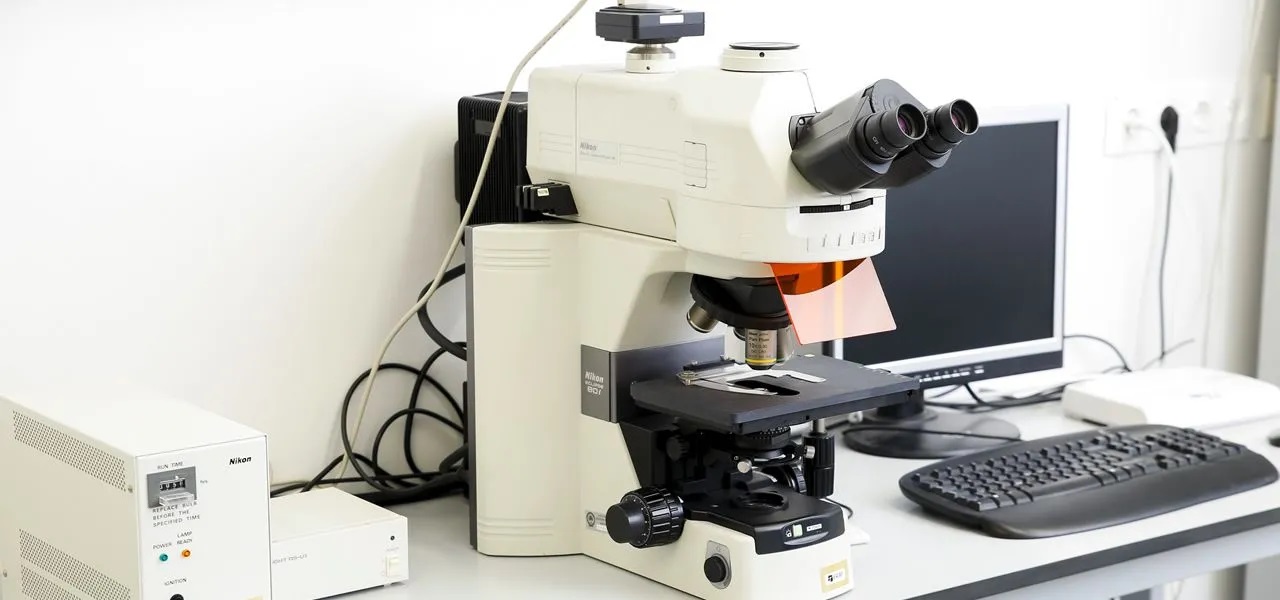
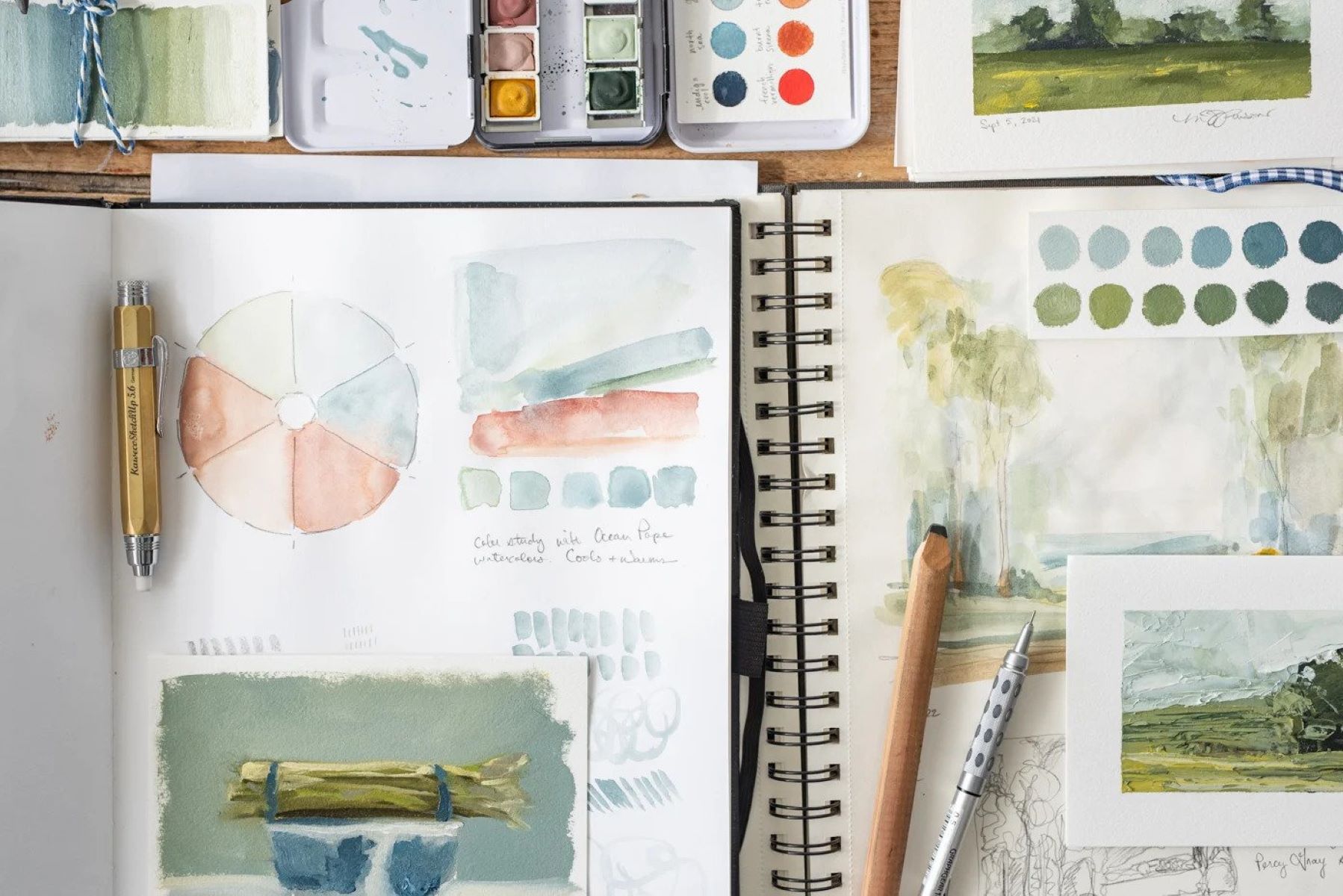
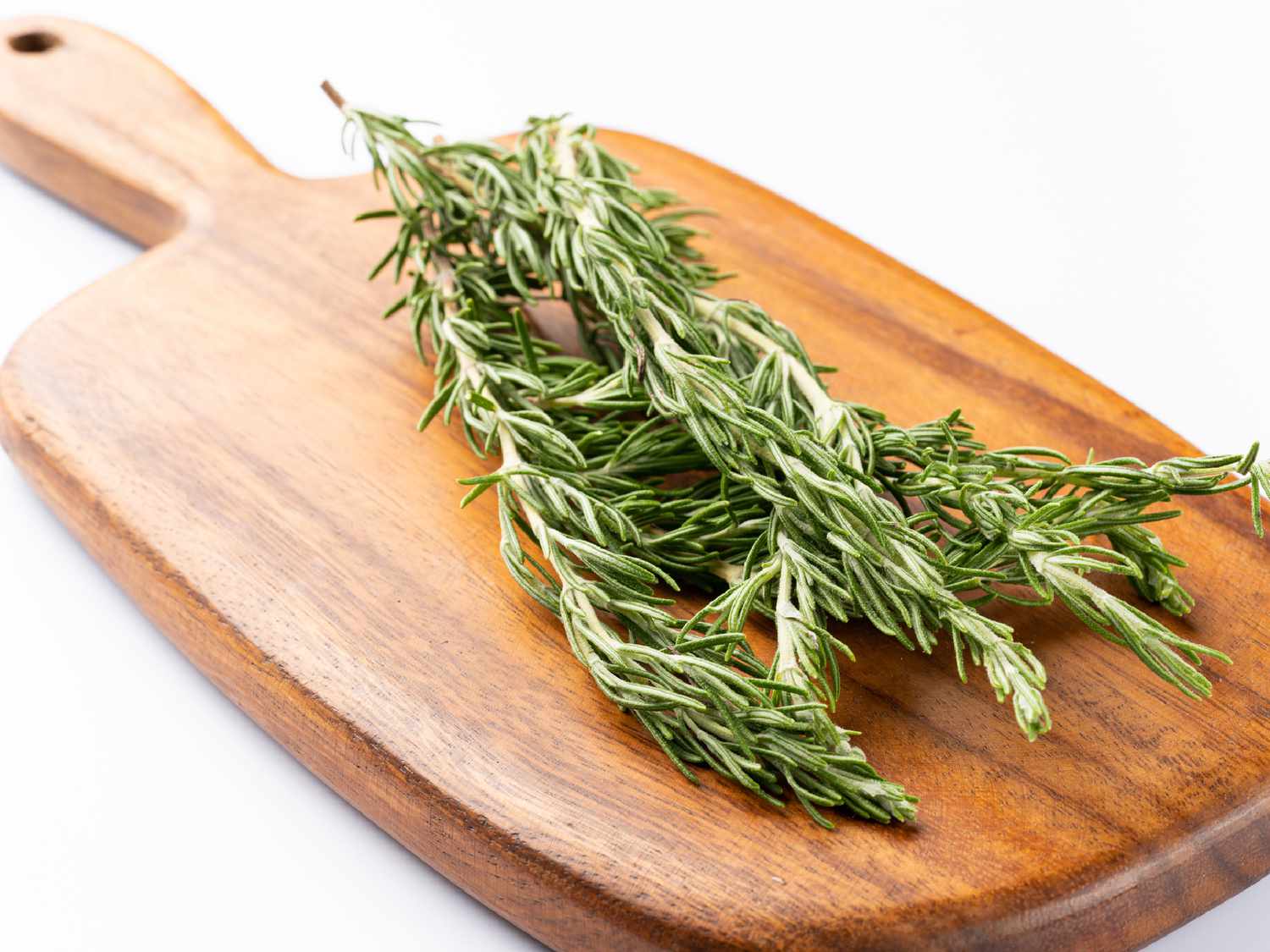
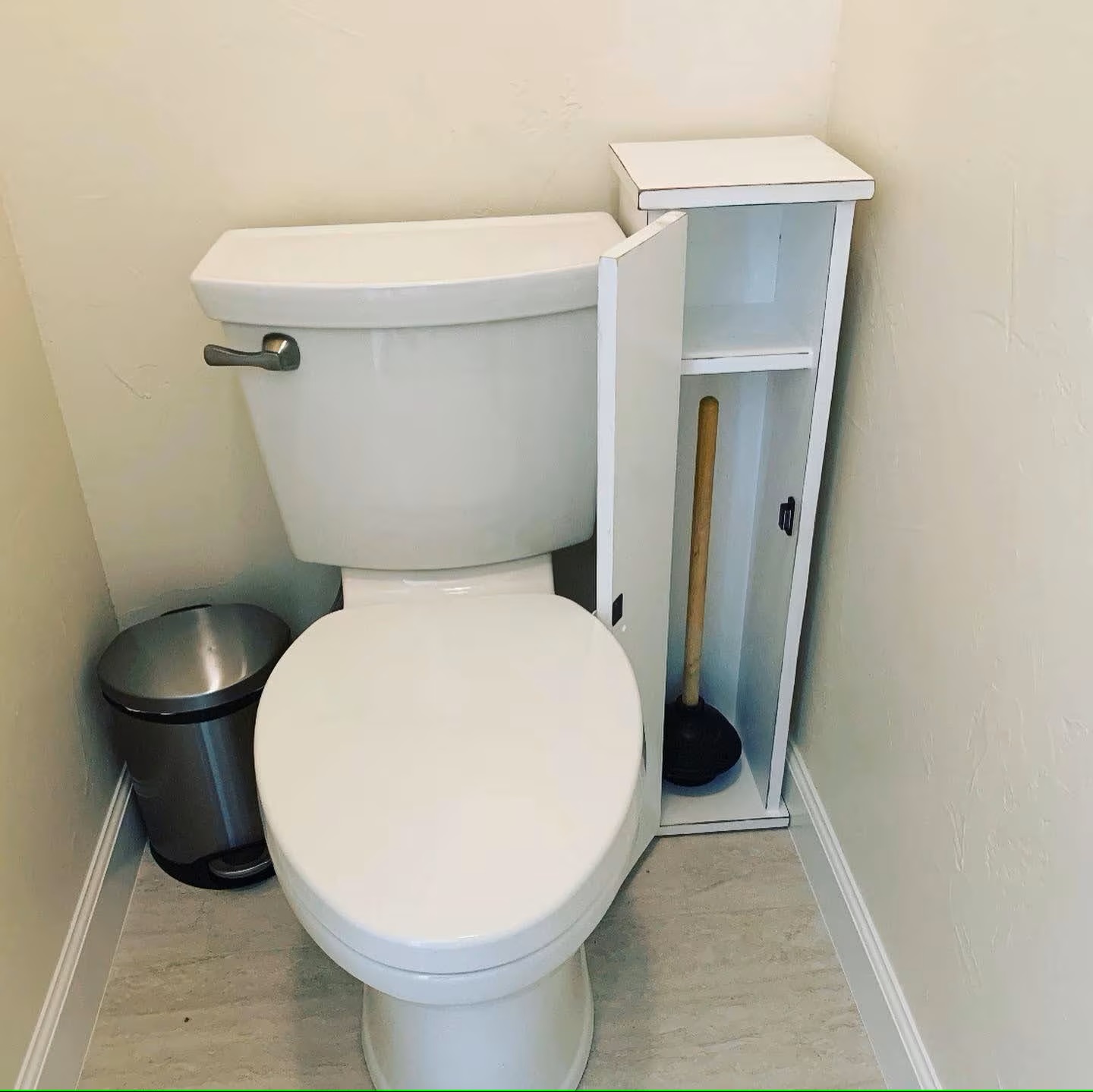
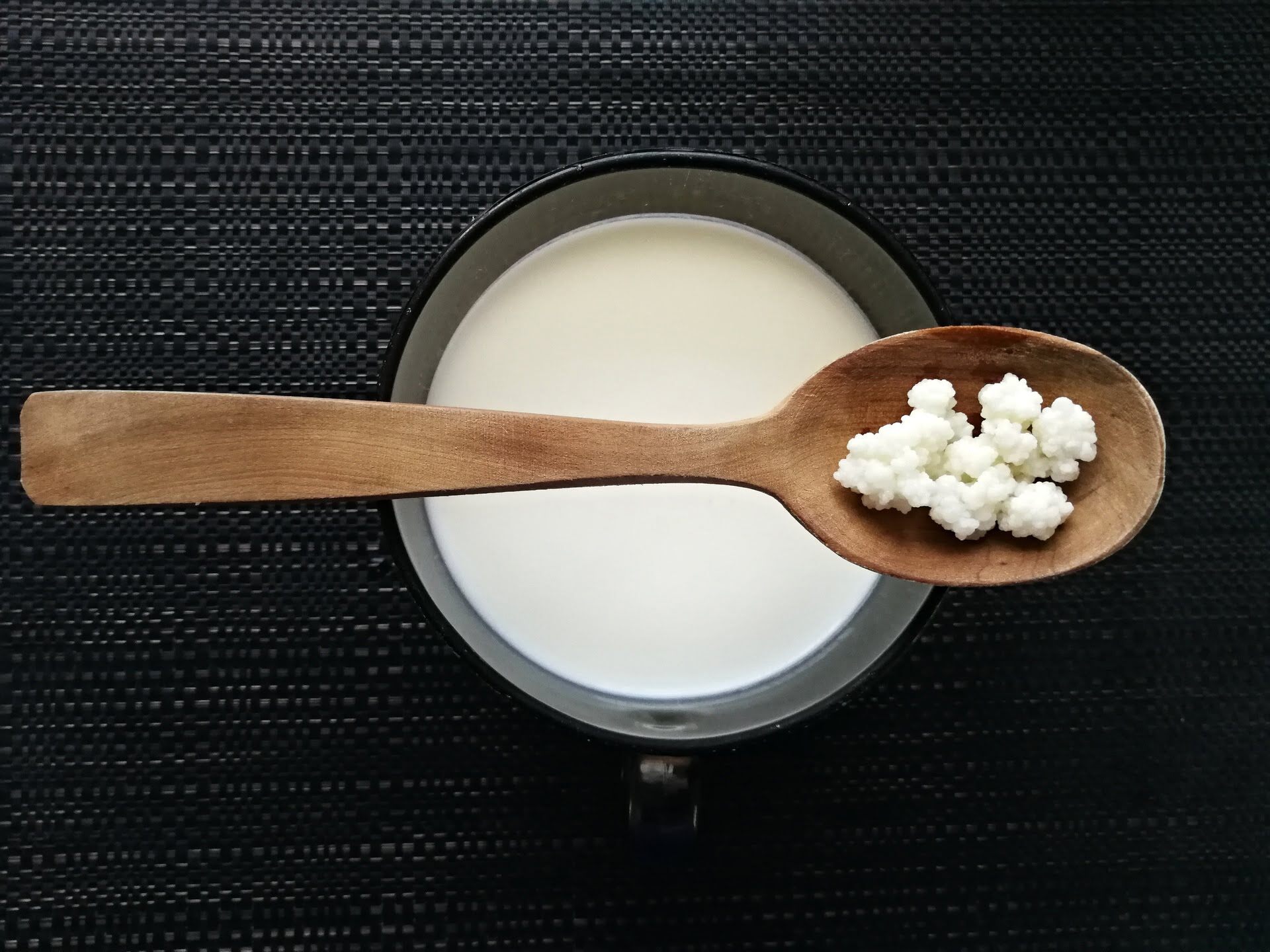



0 thoughts on “How To Store Pinot Grigio”